What are the consideration for most accurate weather apps
When evaluating the accuracy of weather apps, the reliability of their data sources is paramount. Here's a detailed discussion on why data sources matter and how they contribute to the accuracy of weather forecasts:

National Meteorological Services:
Many reputable weather apps obtain data from national meteorological services, which are government agencies responsible for monitoring and forecasting weather conditions. These services often have access to extensive networks of weather stations, radar systems, and satellites, allowing them to gather comprehensive data on atmospheric conditions. Because they adhere to rigorous scientific standards and protocols, data from national meteorological services are generally considered highly reliable.
Weather Stations:
Weather stations are ground-based facilities equipped with instruments that measure various meteorological parameters, such as temperature, humidity, wind speed, and atmospheric pressure. Weather apps that incorporate data from a network of well-maintained and strategically located weather stations can provide more localized and accurate forecasts. By analyzing real-time observations from these stations, the apps can better track changes in weather patterns and adjust their forecasts accordingly.
Satellites:
Satellites play a crucial role in monitoring global weather patterns and collecting data on cloud cover, precipitation, temperature, and other atmospheric variables. Weather apps that integrate satellite imagery and data can offer valuable insights into large-scale weather systems, such as storms, hurricanes, and atmospheric phenomena like El Niño. Satellite data enhance the spatial coverage of weather forecasts, enabling users to receive accurate predictions for wide geographical areas, including remote or inaccessible regions.
Weather Models:
Weather models are mathematical simulations of the atmosphere that use complex algorithms to predict future weather conditions based on current observations and historical data. These models incorporate physics principles, equations, and computational techniques to simulate the behavior of atmospheric processes, including air movement, moisture transport, and temperature changes. Weather apps utilize various numerical weather prediction models developed by meteorological agencies and research institutions worldwide. By comparing outputs from multiple models and assimilating observational data, these apps generate forecasts with different lead times, ranging from short-term (e.g., hourly or daily) to medium-range and long-range outlooks. Ensemble forecasting, which combines predictions from multiple models, can improve forecast accuracy and provide probabilistic information about potential weather outcomes.
Accuracy: Check user reviews and independent assessments to gauge the app's accuracy in predicting weather conditions for your location.
Updates:Ensure the app provides frequent updates to reflect changing weather conditions, preferably in real-time or at least hourly.
Features:Assess the app's features, including radar maps, severe weather alerts, hourly and daily forecasts, and customization options to tailor the information to your preferences.
User Experience:Choose an app with a user-friendly interface that is easy to navigate and understand, with clear visuals and intuitive controls.
Reliability:Opt for apps with a proven track record of reliability and stability, with minimal downtime or technical issues.
Compatibility: Confirm that the app is compatible with your device's operating system and that it receives regular updates to ensure compatibility with future OS versions.
Best Free Weather App: AccuWeather
AccuWeather
Its new interface may be complex, but AccuWeather has seen major improvements thanks to a recent revision. The planning features are more comprehensive, as they use weather data to help you manage allergies, safely drive, or boost productivity. We like that it includes a news section for watching videos about upcoming weather events.
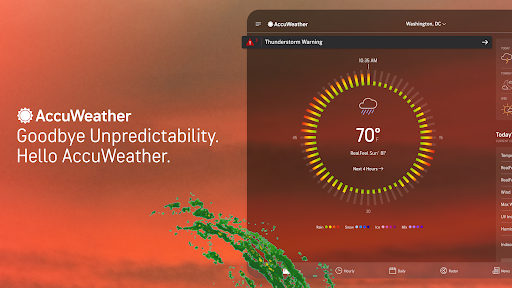
Best Paid Weather App: Carrot Weather
Carrot Weather
As long as you're willing to upgrade to its premium tier, Carrot Weather is a fine Android alternative to the soon-to-be-defunct Dark Sky. In fact, it draws from Dark Sky's own accurate weather data, while adding its own snarky flavor text.
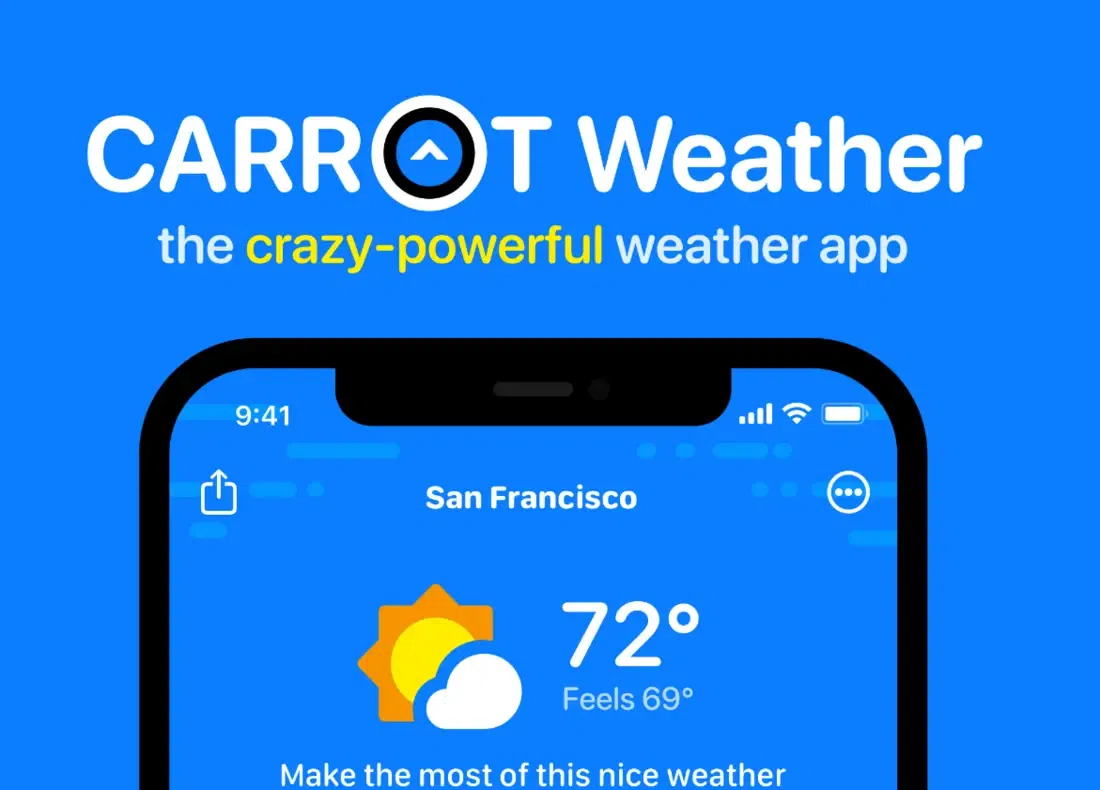
Best Weather App for Android: Flowx
Flowx
Flowx pulls from a variety of local and global sources to give Android owners the most accurate forecasts possible. If you pay for a premium tier, you can customize graphs, maps, and widgets however you like. An iOS version is in the works.
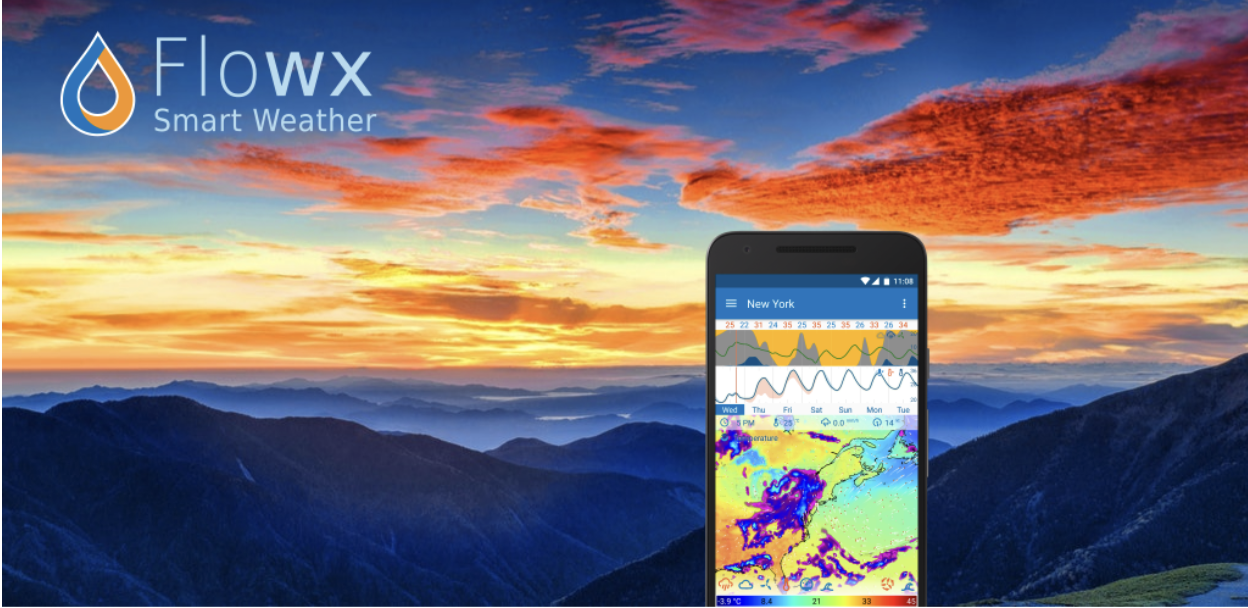
Best for Local Forecasts: MyRadar Weather Radar
MyRadar Weather Radar
Whether it's on your phone or beamed straight to your Apple Watch, MyRadar Weather Radar quickly and accurately keeps you informed about local forecasts. Dive deeper into the app to watch video content, learn aviation data, and follow wind patterns.
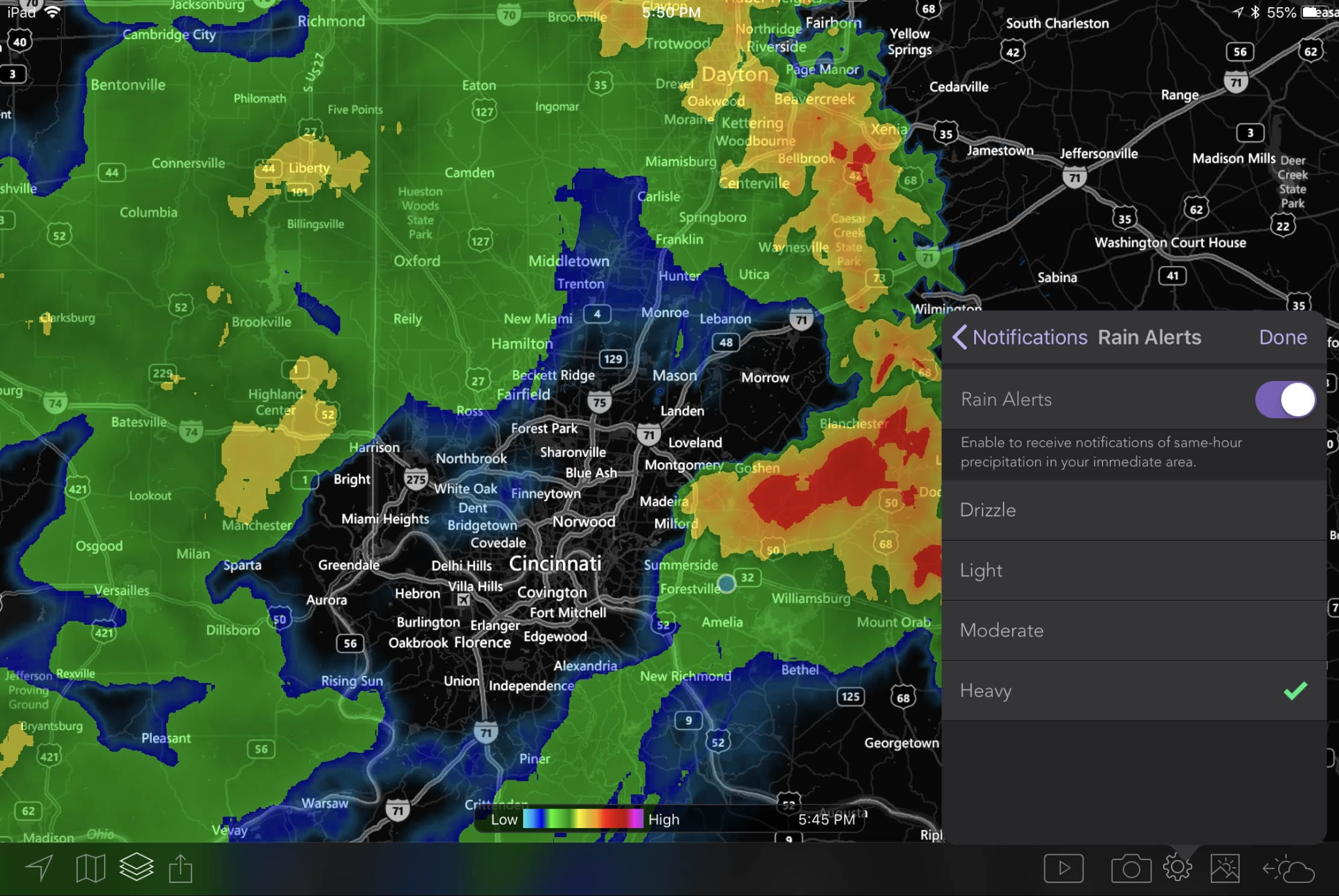
Best for Official Data: NOAA Weather Radar Live
NOAA Weather Radar Live
Many weather apps draw data from the National Oceanic and Atmospheric Administration. So, just cut to the chase with the NOAA Weather Radar Live app. With it, you can check local forecasts and track weather patterns using interactive satellite maps.
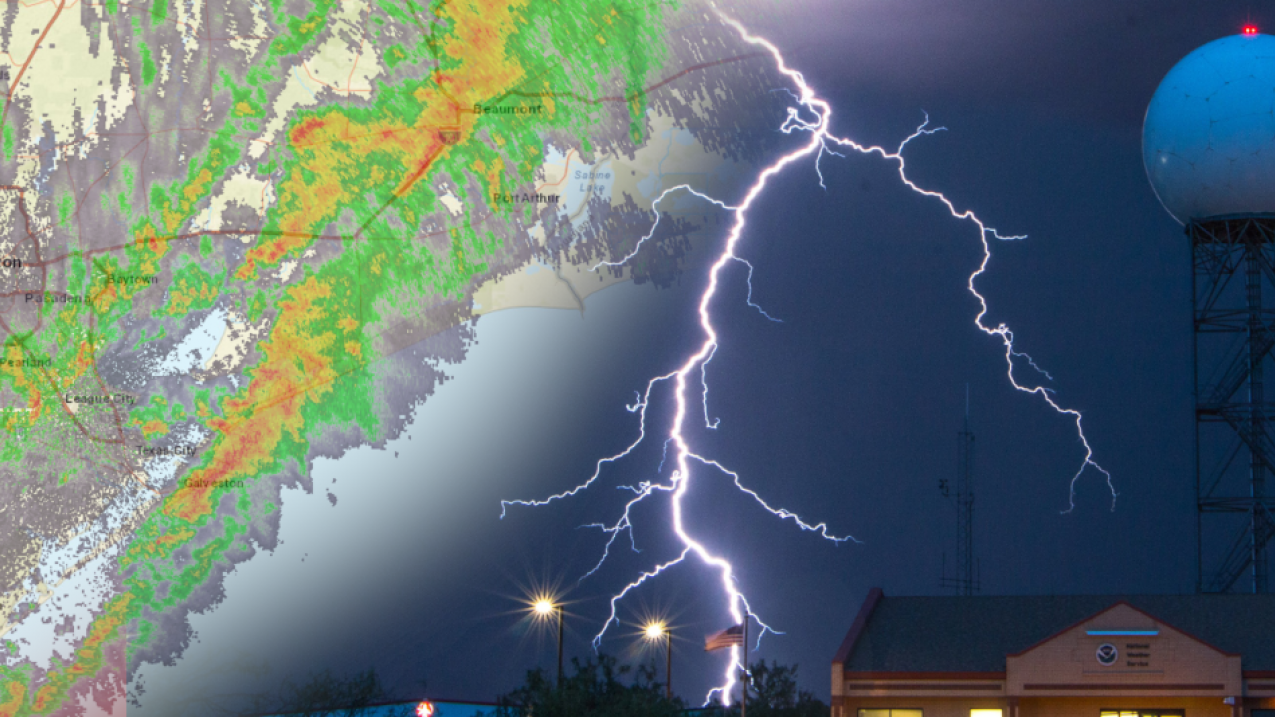
Best for Widgets: 1Weather
1Weather
1Weather hangs its hat on slick widgets that deliver weather information. You can track hourly and weekly forecasts, view precipitation and radar maps, and study the sun and moon's positions. Text blurbs in the Discussion section offer additional context about upcoming weather patterns.
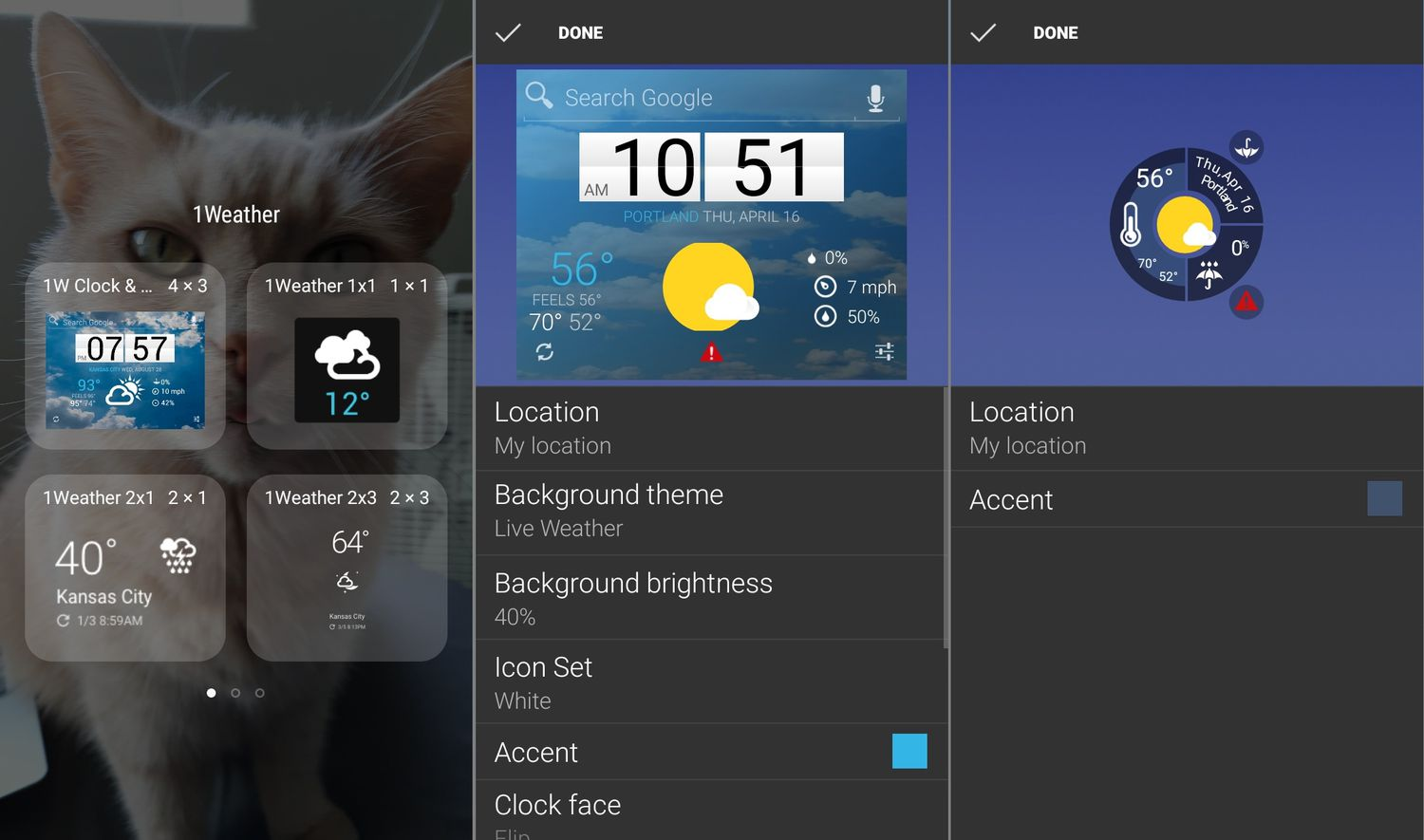
Best for Air Quality Data: Plume Labs
Plume Labs: Air Quality App
Air quality is a piece of weather data that greatly impacts personal health. Even if you aren't directly caught in a wildfire, smoke-filled air can still make it dangerous to go outside. This air quality app from Plume Labs offers real-time, local pollution information, a sadly vital service in our current climate.
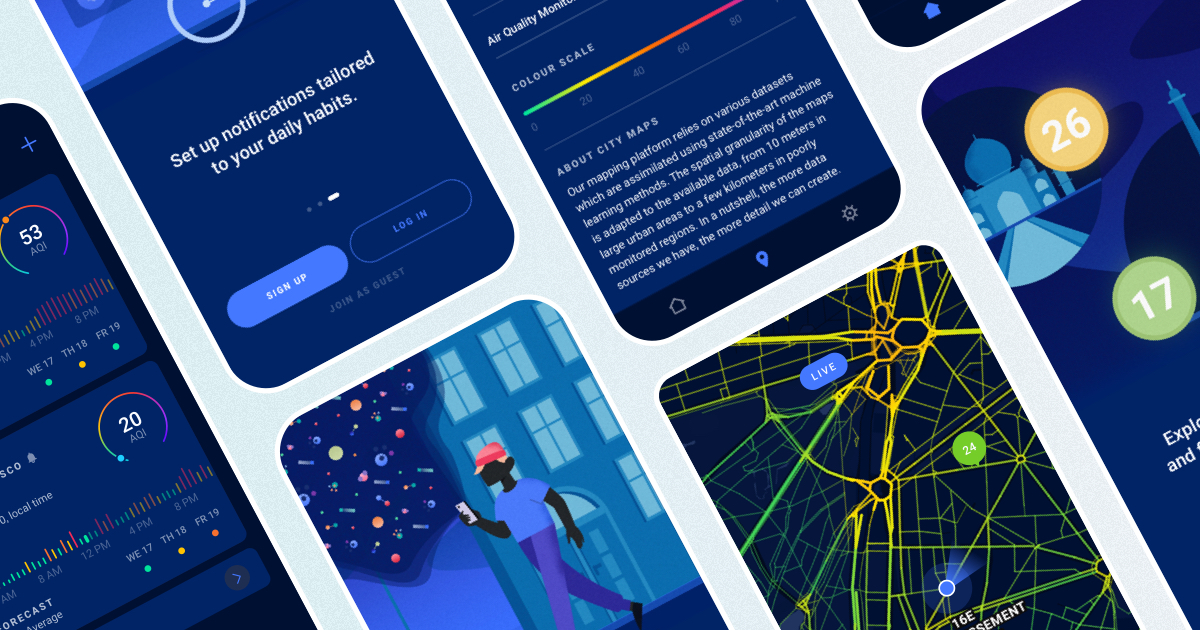
Best for Video Content: The Weather Channel
The Weather Channel
The newest version of The Weather Channel is a slick and capable companion. Along with hourly and daily forecasts, the app gives you the info to stay safe from both raging hurricanes and deadly viruses. The robust video section makes this app particularly useful.
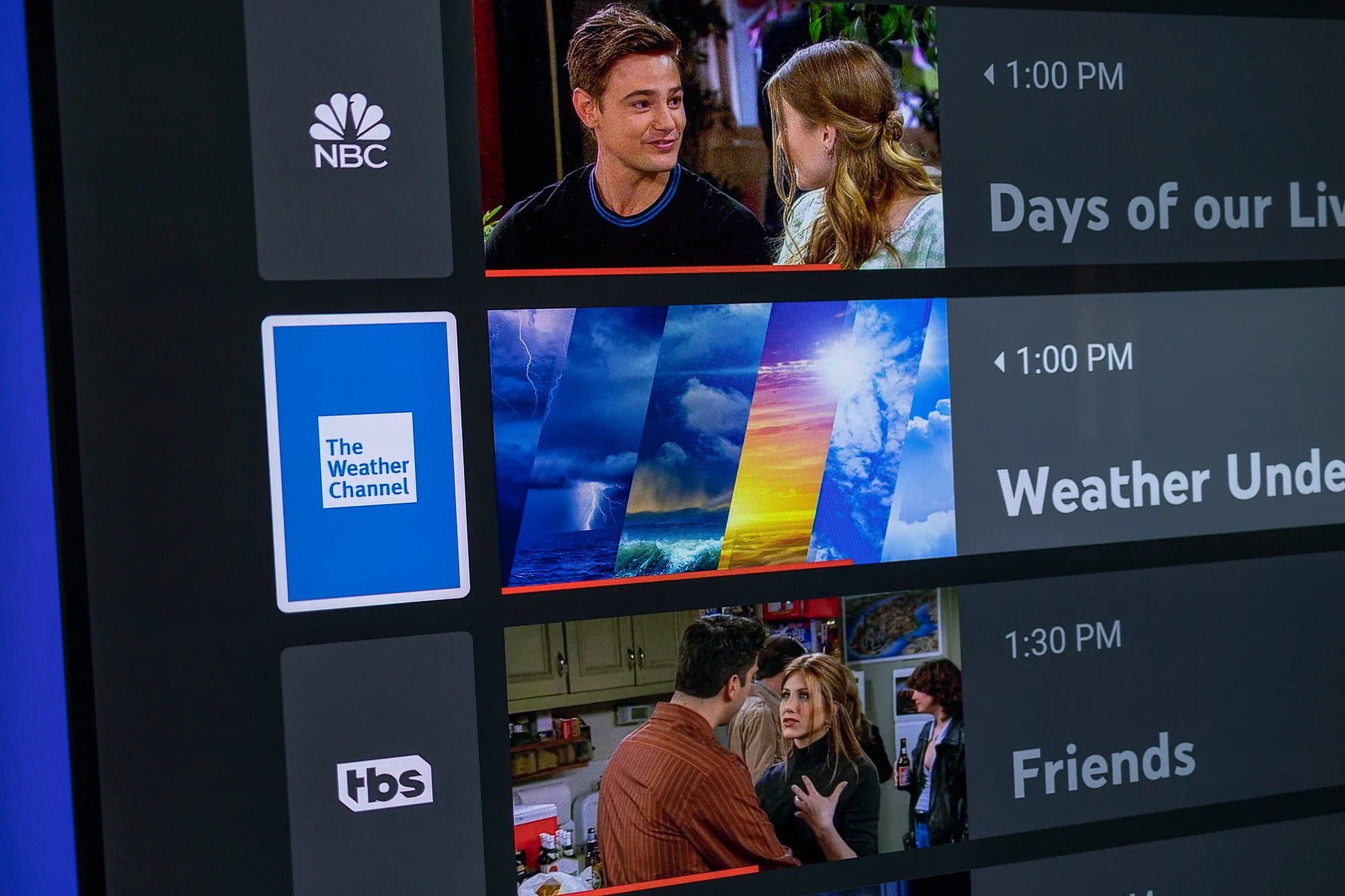
Best Weather App for iPhone: Weather Hi-Def Radar
Weather Hi-Def Radar
From severe weather overlays to air quality monitoring to tracking fires and lightning strikes, Weather Hi-Def Radar gives you big picture information on fascinating weather phenomena all over the world. GPS tracking and detailed data also teaches you about what’s going on in your own backyard.
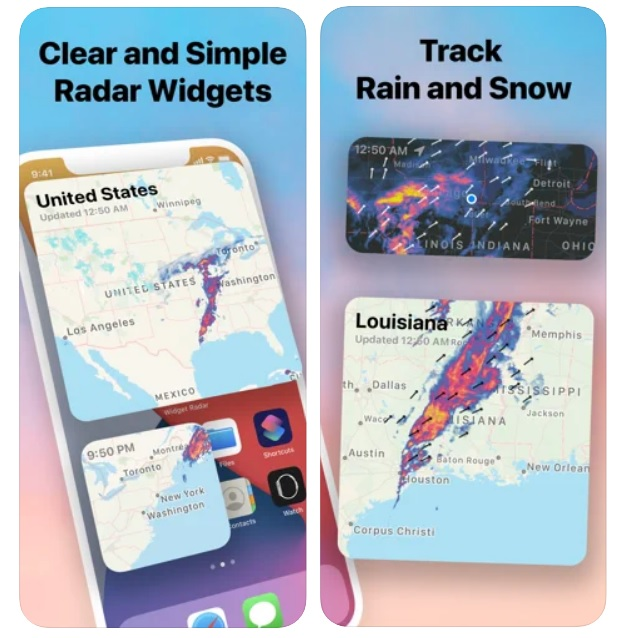
Best Overall: Weather Underground
Weather Underground
Weather Underground is no longer the darling among weather geeks; it's hard to stay radical when you're owned by IBM's The Weather Company. Community aspects are de-emphasized, data is no longer shared, and, based on anecdotes, the hyper-local predictions are less reliable. That said, the app still has plenty to offer, with smart forecasts, detailed storm tracking, air quality and temperature readings, quick links to more content on the Wunderground website, and a respectful privacy policy.
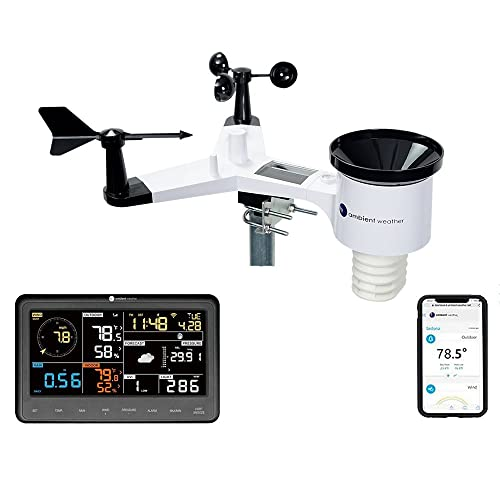
Best for Lightning Detection: WeatherBug
WeatherBug
WeatherBug's performance has improved, but it's far from snappy. However, multiple new versions of the app, including Weather Elite and WeatherBug Widget, give you choices. Plus, WeatherBug's lightning-detection feature is pretty uncommon and useful.
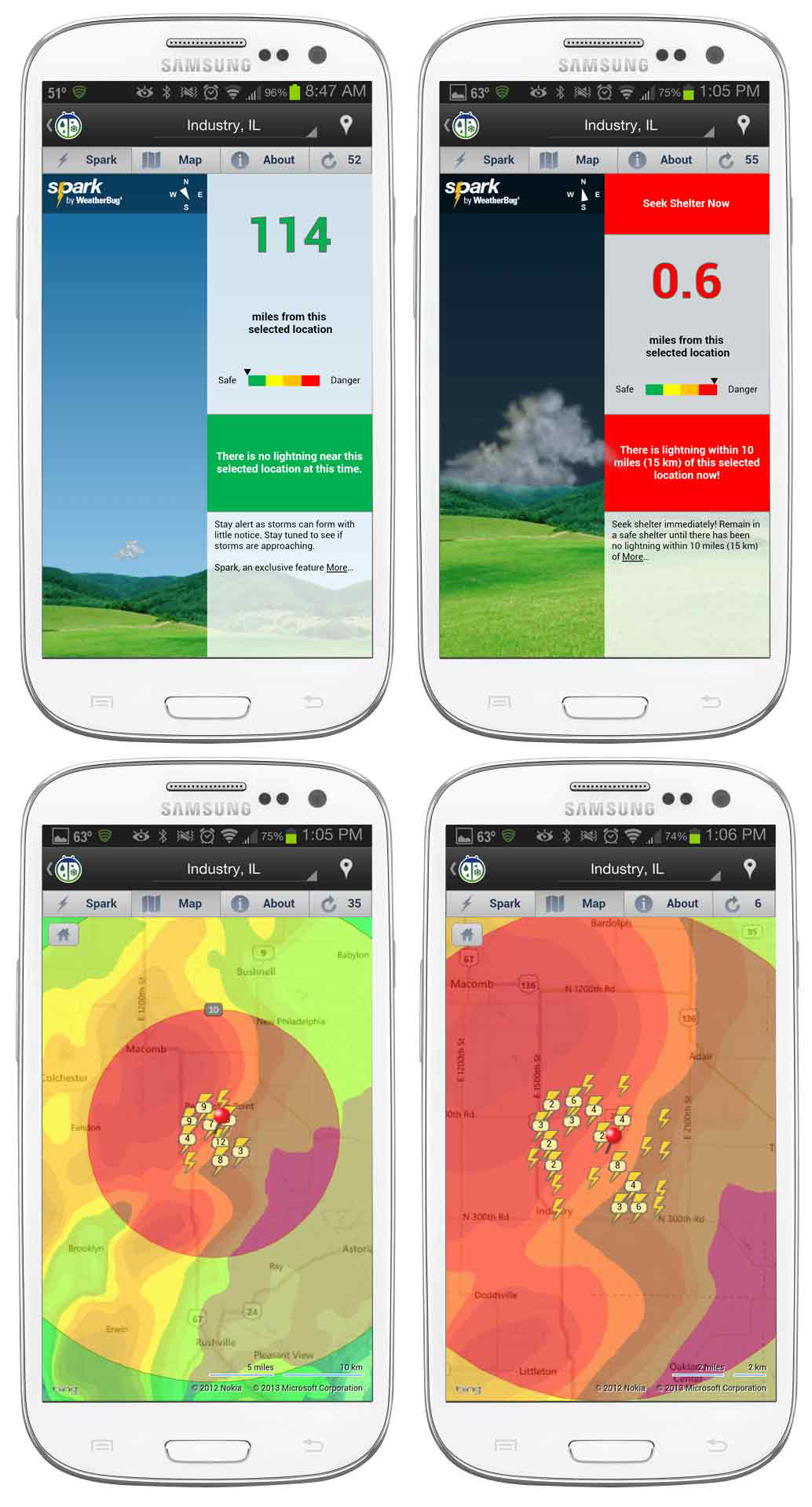
Best for Entertaining Forecasts: What The Forecast
What The Forecast
If you’re looking for a weather app that's unafraid to show its personality, consider What the Forecast. Severe snowstorms? Better stock up on toilet paper. The sun isn’t just shining, it’s shining out of your butt. If you ever lose your internet connection, the app tells you the weather in hell, which, in the long run, is probably the most useful information for most of us anyway.
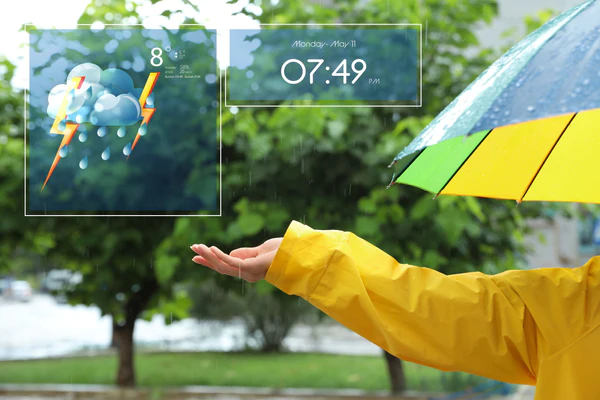
Best for Eye Candy: Yahoo Weather
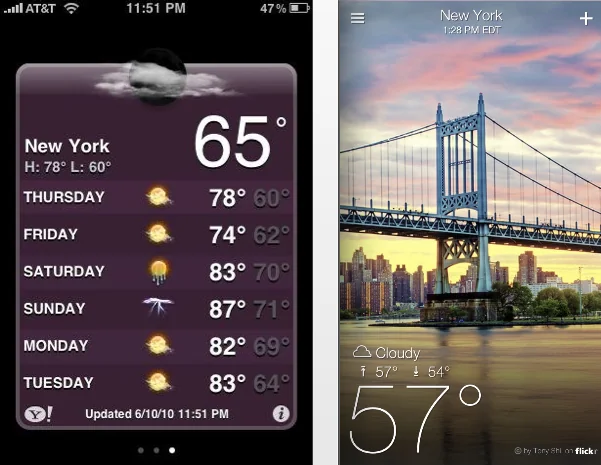
Yahoo Weather
Yahoo Weather is a beautifully designed app that leverages other weather apps' best features—and even improves on them. Crowdsourced images from Flickr are prominently featured, and bring this app to life. It could use more radar map options, and a tool for crowdsourcing weather observations. If you don't like Weather Underground, give this one a spin.